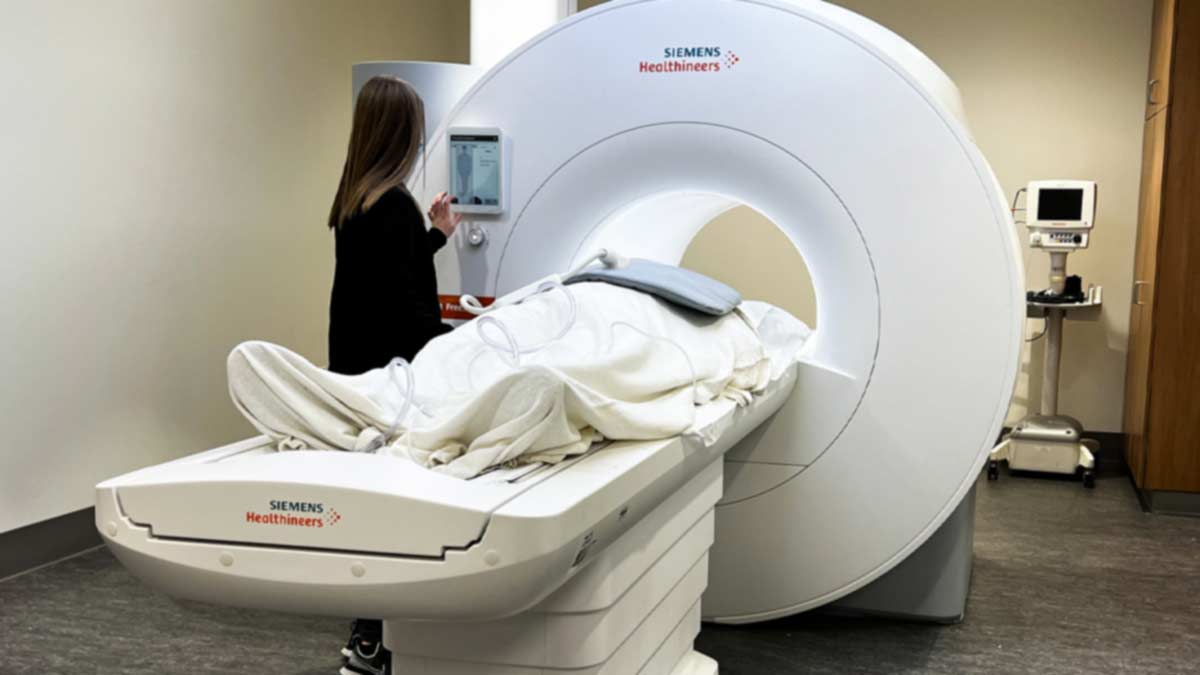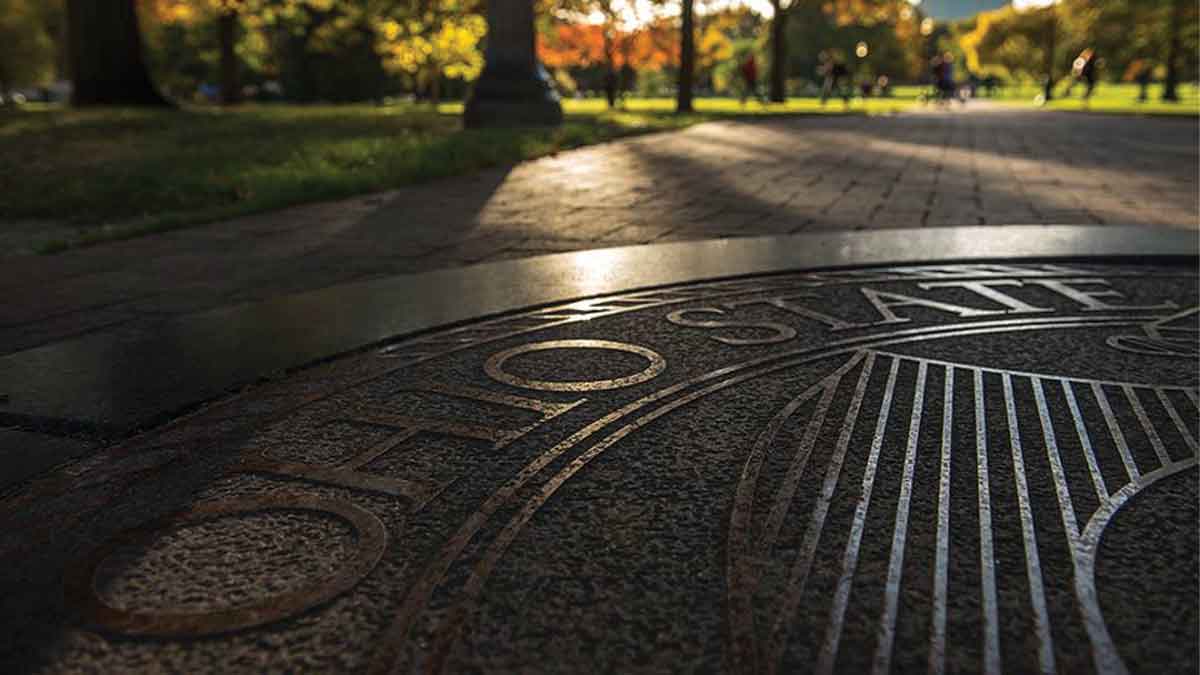Study links timeliness in radiology reporting with improved outcomes for acute abdomen
Abdominal pain is among the most common reasons for patient visits to hospital emergency rooms across the United States and is one of the hardest causes to diagnose. One reason for the diagnostic difficulty is the confusion of symptoms with a number of acute intra-abdominal diseases, all tucked under the category “acute abdomen,” which includes perforated viscus, mesenteric ischemia, intra-abdominal hemorrhage, acute cholecystitis and appendicitis. These are all life-threatening conditions requiring accurate and timely diagnosis and, in many cases, immediate surgical intervention.
Approximately 25% of the 18.7 million annual visits to hospital emergency rooms in the U.S. involve an abdominal computed topography (CT) scan, currently the most effective way of providing prompt and accurate information for diagnosing and treating acute abdomen. Many of these surgeries are performed on older adults and in hospital emergency rooms, many of which are inadequately equipped to provide the best and most timely emergency general surgery (EGS) care. This may be due to delays in surgical consultation and time needed to control infection, while waiting for imaging results. Delays in obtaining radiology results have been associated with adverse outcomes in older patients with acute abdomen. Fifty percent of the length of stay for patients in emergency departments is attributed to time awaiting CT imaging and results.
One team at The Ohio State University College of Medicine has aimed its research at investigating the relationship between availability, timeliness and interpretation of CT imaging and improved outcomes for acute abdomen in older Americans. The team surveyed acute care general hospitals across the U.S. that had a minimum of a 24-hour emergency department and an operating room. They evaluated the various structures and processes they were able to implement to provide in implementing EGS care. They analyzed the data of 9,125 Medicare beneficiaries 65 years of age or older who had been admitted with acute abdomen to 1,253 of the responding hospitals. The study showed that investing in high-quality CT imaging, round-the-clock radiology staff and prompt availability of results from a board-certified/eligible radiologist reduces systemic complications, operative complications and mortality rates.
“Given the large capital investments in imaging technology and human resources to run CT scanners, hospitals must ensure an adequate radiologist workforce to deliver the timely interpretation needed to optimize outcomes for older patients whose intra-abdominal catastrophes may not be evident on the basis of history, examination and plain films alone,” says Kevin Ricci, MD, MS, chief resident in the Department of Surgery at Ohio State College of Medicine and lead investigator in the study.
Both Dr. Ricci and study co-author Heena Santry, MD, MS, an associate professor in Ohio State’s Department of Surgery, Division of Trauma, Critical Care and Burn, participate in the college’s Center for Surgical Health Assessment, Research and Policy (SHARP), which supports multidisciplinary, high-impact health services research, and equitable, cost-effective surgical care. As a trauma surgeon in the Critical Care Trauma and Burn Division, Dr. Santry works alongside a dedicated team of trauma and burn experts who offer emergency surgical care to patients experiencing traumatic injuries. The team concentrates its efforts in clinical care, research and education for patients with acute care problems. Each year, the team serves 2,700 trauma patients, performs more than 2,300 procedures and cares for more than 700 patients in its intensive care unit.
The study employed the expertise of members of The Ohio State University College of Medicine Department of Surgery, SHARP and Department of Emergency Medicine as well as the Department of Surgery at The University of Wisconsin, Madison, and the Department of Surgery at the University of Massachusetts Medical School, Worcester.


